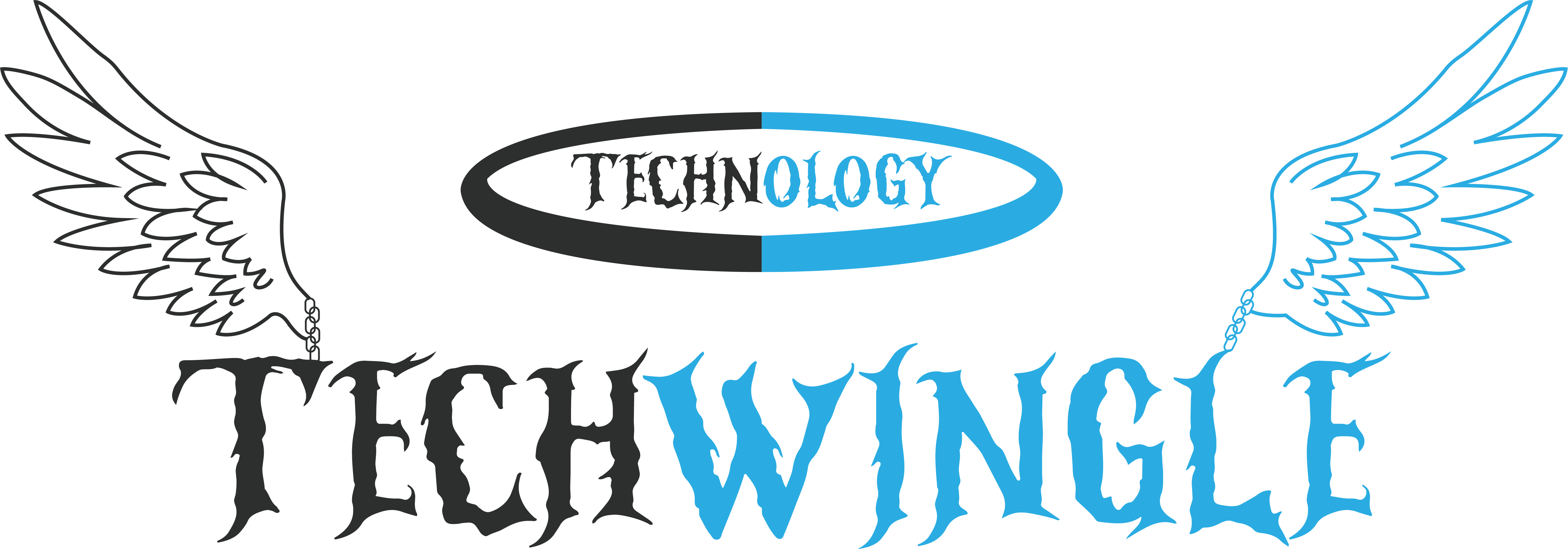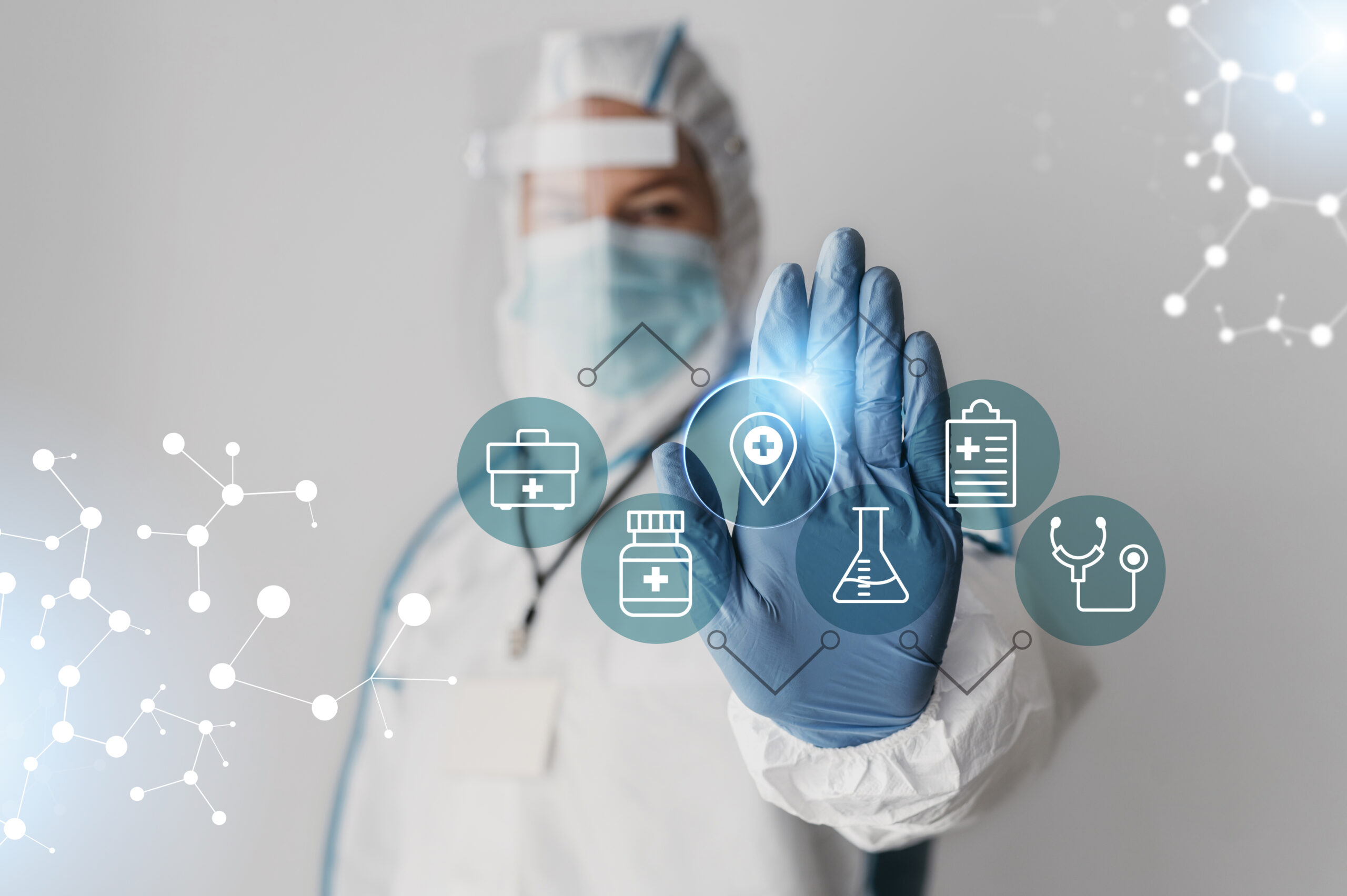Current healthcare enterprises are experiencing substantial transformation because of healthcare developments coupled with technological advancements. Digital advancements during our modern 21st-century era transform the diagnostic and therapeutic practices of medical staff in addition to patient care administration.
HealthTech as an umbrella term for technology developments in healthcare leads to present-day improvements in clinical results operational efficiencies and patient experience outcomes. New prospects for medical advancement emerge from precise tools combined with modern technology which drives a healthcare breakthrough that will reshape medical future directions.
The Shift Toward Precision Medicine
The key value of HealthTech resides in its support for precision medicine which delivers customized treatments according to patients’ genetic profiles ecological factors and daily routines. Doctors now use genomic data combined with personalized diagnostics to personalize patient treatment which avoids traditional blanket approaches.
Thanks to modern algorithms and genetic sequencing technologies healthcare providers achieve disease identification and treatment that combines peak accuracy and precision levels. Using CRISPR technology scientists have developed treatments for genetic disorders that existed out of reach for a previous era.
Artificial Intelligence and Machine Learning in Diagnostics
Disease identifications become more precise while achieving faster results through the merger of artificial intelligence (AI) and machine learning (ML) technology. Through this technology, an extensive range of medical information including medical images alongside patient files undergoes analysis to detect patterns that human doctors might overlook.
Medical technology equipped with AI software enables radiology software to analyze MRIs and X-rays with high precision thus finding early disease indicators that standard diagnostic tools might overlook. Device learning systems enhance their predictive abilities through continuous learning mechanisms that process new information entering their systems.
Through these technical developments healthcare providers gain improved diagnostic precision while identifying diseases like cancer and heart disease and neurological conditions in their earliest stages thus leading to better patient results.
Telemedicine: Expanding Access to Care
Telemedicine through HealthTech gained immense popularity after the beginning of the COVID-19 pandemic because of its remote consultation functions. Telemedicine functions as an effective technology that delivers fundamental changes to healthcare access, particularly within regions limited by medical facilities.
Healthcare platforms through telemedicine allow doctors and patients to connect using secure video calls and encrypted messaging tools to minimize face-to-face meetings. The convenient accessibility benefits patients while healthcare systems decrease their strain so resources are optimally utilized. Telemedicine provides important sustenance for patients with chronic conditions through its systematic check-ins and healthcare sessions which eliminate travel requirements.
Remote Monitoring and Wearable Devices
Wearable technology together with remote patient monitoring develops as major HealthTech elements which transform healthcare. The modern evolution of smartwatches and fitness trackers brings a new stage of health monitoring by tracking heart rate blood oxygen levels and blood pressure in addition to physical activity measurement.
Wearable devices supply patients with continuous health monitoring which gives healthcare teams essential metrics data to spot potential health concerns early. The monitoring features of smartwatches alert patients about arrhythmia when their heart rate shows irregularities which leads them to get early medical attention.
Remote monitoring tools allow medical professionals to track patients’ chronic conditions including diabetes asthma and hypertension from remote locations. Doctors can manage patient medical status through data collection and transmission without requiring numerous office visits because of this system which enhances healthcare quality along with patient satisfaction levels.
Blockchain for Data Security
Healthcare data privacy alongside security issues grew more severe as healthcare underwent digital transformation. HealthTech addresses the security problem through blockchain technology which operates as a decentralized digital ledger that protects both medical data integrity and confidentiality.
Through its distributed system blockchain enables protected sharing between healthcare organizations together with strict confidentiality protocols. Through encryption and distributed networks, blockchain enables secure data access for authorized medical parties who can read patient information while preventing unauthorized parties from accessing it.
The breakthrough technology has the power to enhance healthcare efficiency through fraud prevention and transparent systems which bring advantages to medical institutions and their patients.
Advanced Robotics & the Evolution of Minimally Invasive Surgical Techniques in the Digital World
Minimally invasive surgery together with robotics represents critical fields that HealthTech continues to revolutionize dramatically. The da Vinci Surgical System represents one of many robotic surgical devices that empower surgeons to conduct minimally invasive surgeries with advanced precision control capabilities. The robot-assisted surgical systems combine high-definition 3D vision technology and robotic limbs that perform operations with unmatched accuracy which produces fewer postoperative complications while shortening recovery periods.
Robotic systems enhance minimally invasive procedures through minimal incisions as well as reduce blood loss and speed up patients’ recovery times. Medical practitioners use this method as a revolutionary technique that revolutionizes various procedures starting from prostate surgeries to hysterectomies and cardiovascular operations. Healthcare obtains a revolutionary transformation through advanced robotic integration which results in enhanced surgical procedures that lead to superior patient health results alongside better life quality.
The Future of HealthTech: Challenges & Opportunities Globally
HealthTech possesses tremendous potential which requires multiple important obstacles to resolve before moving forward. HealthTech’s evolution demands attention to data interoperability, ethical practices of AI, and universal access to digital health tools as two main items among several key issues that must be resolved.
However, the opportunities are vast. The progression of HealthTech integration into standard healthcare structures will bring about new advanced solutions that will simultaneously provide enhanced medical treatment lower expenses higher operational efficiency and broader health benefits worldwide.
Conclusion
HealthTech relentlessly transforms healthcare systems through detailed equipment sophisticated technologies and creative medical solutions that transform disease prevention and medical diagnosis and treatment practices.
The combination of precision medicine with AI diagnostic tools telemedicine solutions wearable devices and robotics technology produces substantial changes toward delivering a healthcare system that provides individualized care and operational effectiveness and accessibility to medical services.
Acceptance of these new technological advancements by the healthcare sector enables a brighter future where patients can benefit from better clinical results alongside increased healthcare availability and streamlined delivery services. HealthTech has evolved healthcare beyond technological advancement to transform the entire healthcare system which will bring optimal health standards to every individual.






I’ve been surfing online more than three hours nowadays, but I by no means found any fascinating article like yours. It¦s beautiful value enough for me. In my view, if all site owners and bloggers made just right content as you did, the internet might be much more helpful than ever before.
Este site é realmente incrível. Sempre que consigo acessar eu encontro coisas boas Você também vai querer acessar o nosso site e saber mais detalhes! Conteúdo exclusivo. Venha saber mais agora! 🙂
I really like your writing style, wonderful info, thanks for putting up :D. “Faith is a continuation of reason.” by William Adams.
Hi, I think your site might be having browser compatibility issues. When I look at your website in Safari, it looks fine but when opening in Internet Explorer, it has some overlapping. I just wanted to give you a quick heads up! Other then that, fantastic blog!
I will immediately snatch your rss as I can’t to find your email subscription hyperlink or e-newsletter service. Do you’ve any? Kindly let me realize so that I may subscribe. Thanks.
Wow, awesome blog layout! How long have you been blogging for? you made blogging look easy. The overall look of your web site is magnificent, as well as the content!
I’m not that much of a online reader to be honest but your blogs really nice, keep it up! I’ll go ahead and bookmark your site to come back later. Cheers
I enjoy looking through and I think this website got some genuinely utilitarian stuff on it! .
I’m not sure why but this website is loading very slow for me. Is anyone else having this problem or is it a issue on my end? I’ll check back later and see if the problem still exists.
I see something genuinely special in this site.
I?¦ll immediately clutch your rss as I can not in finding your email subscription hyperlink or newsletter service. Do you have any? Please permit me realize so that I could subscribe. Thanks.